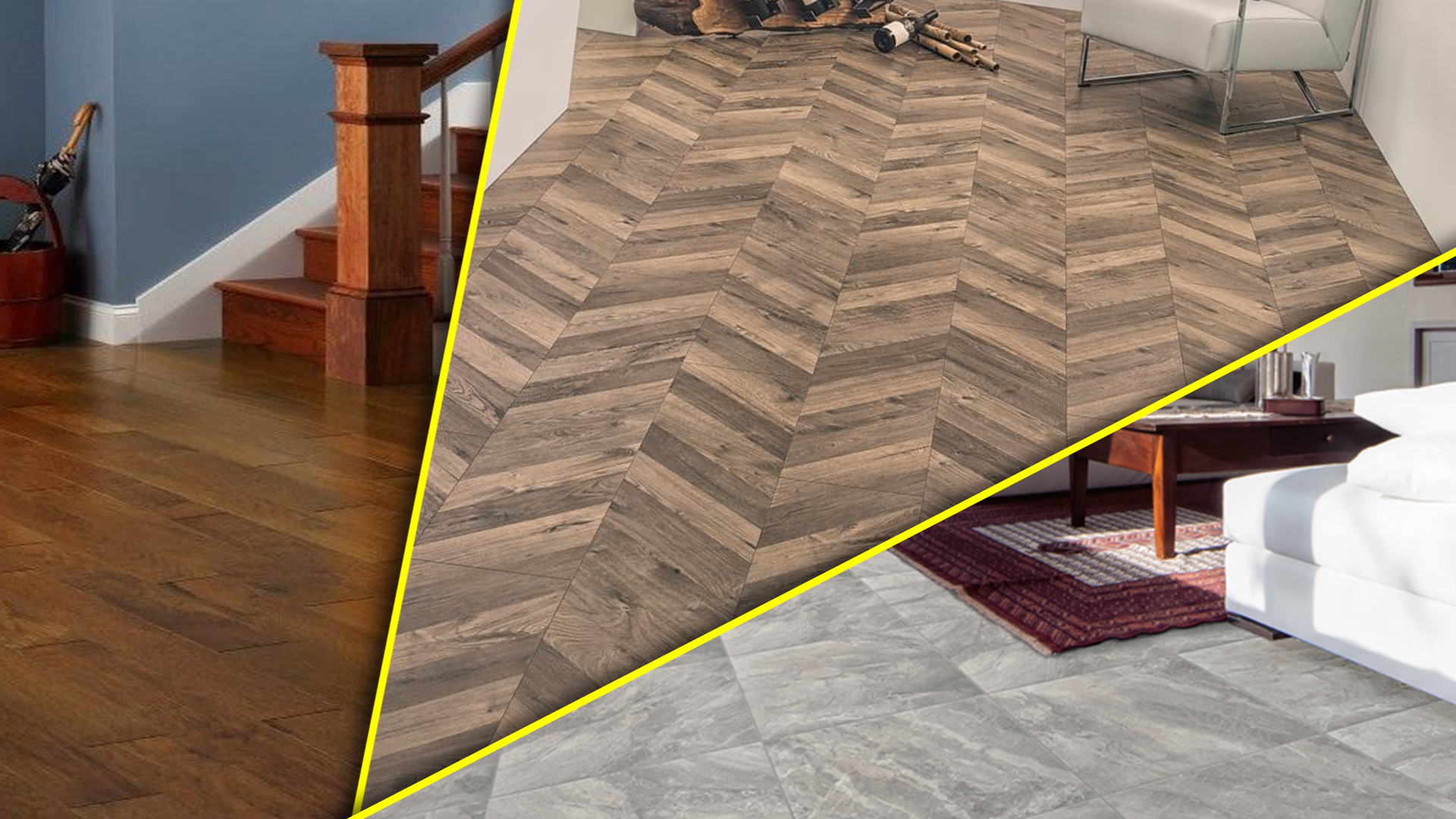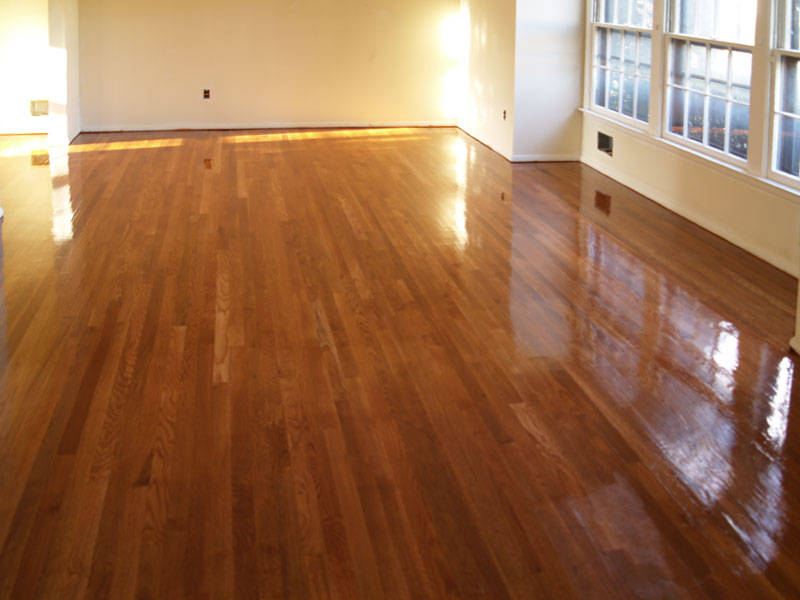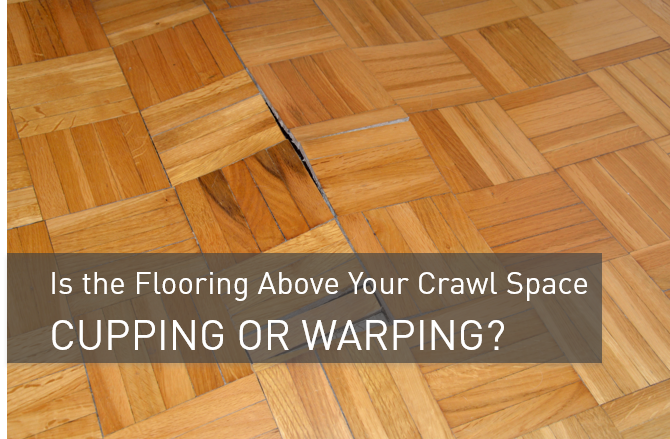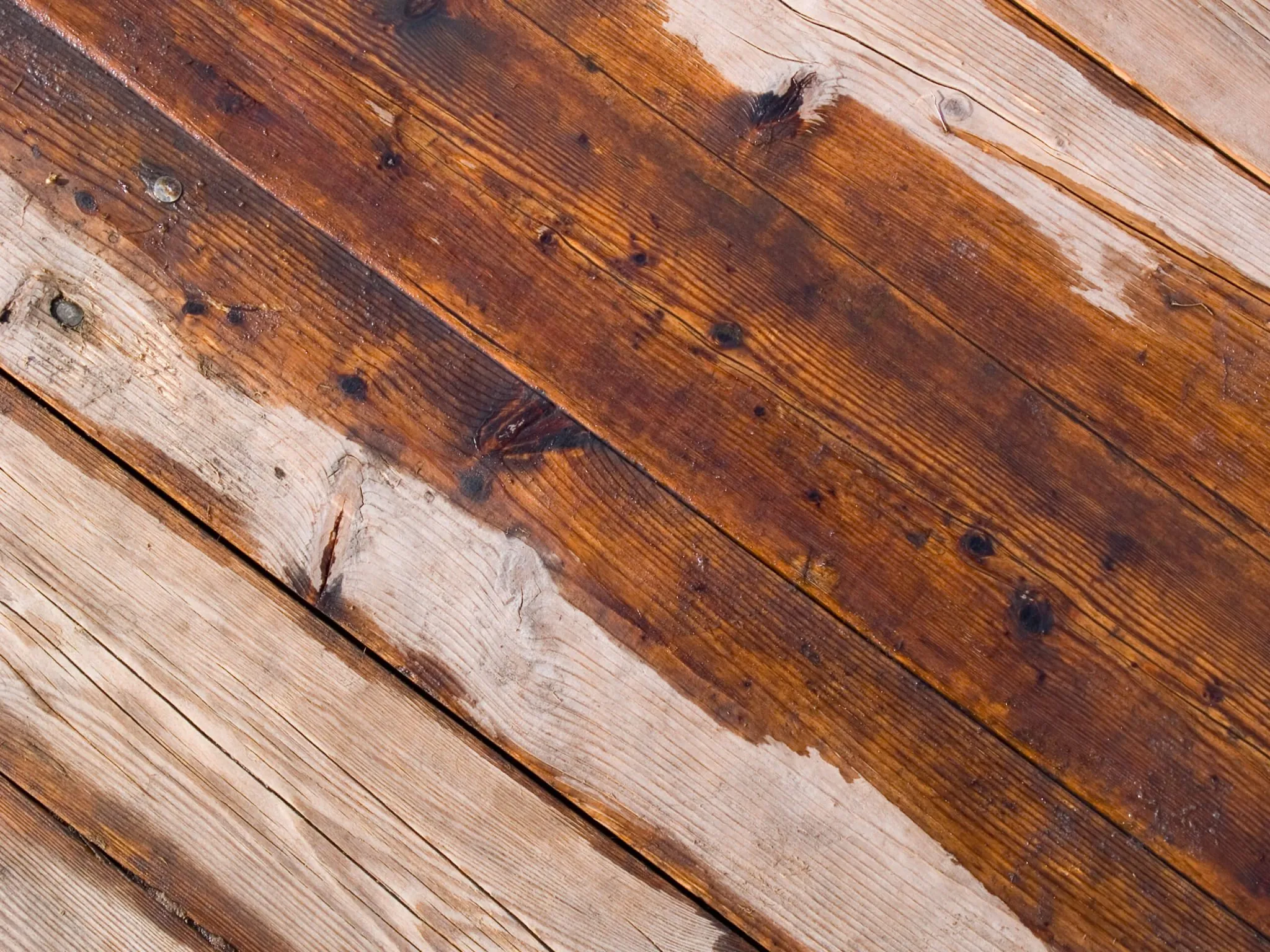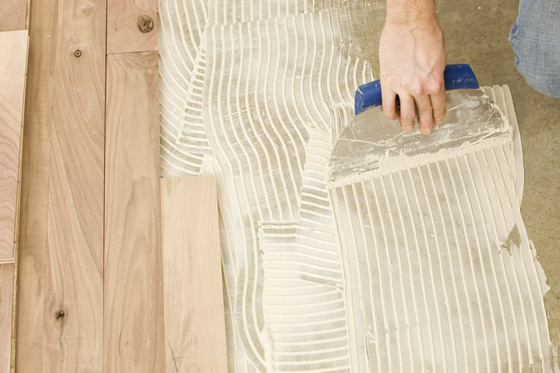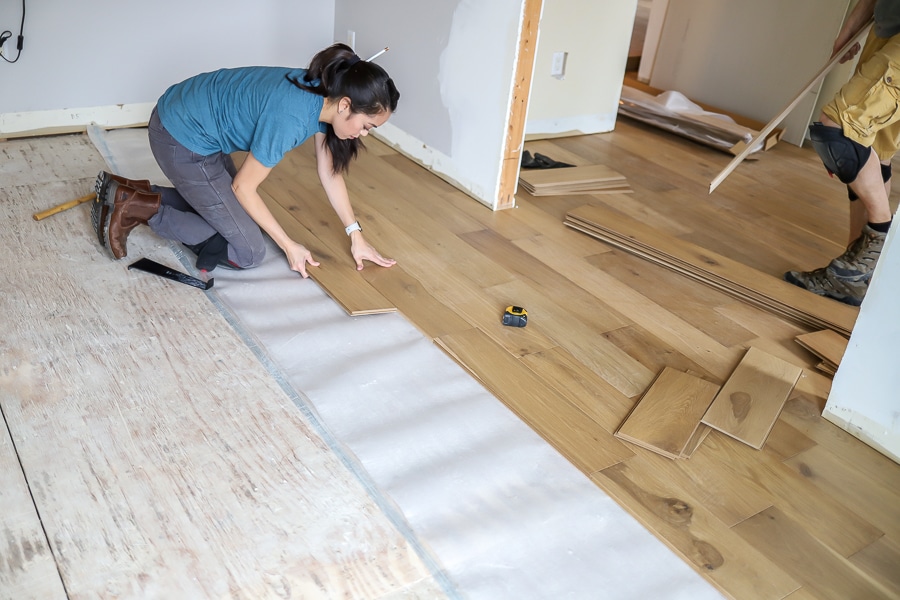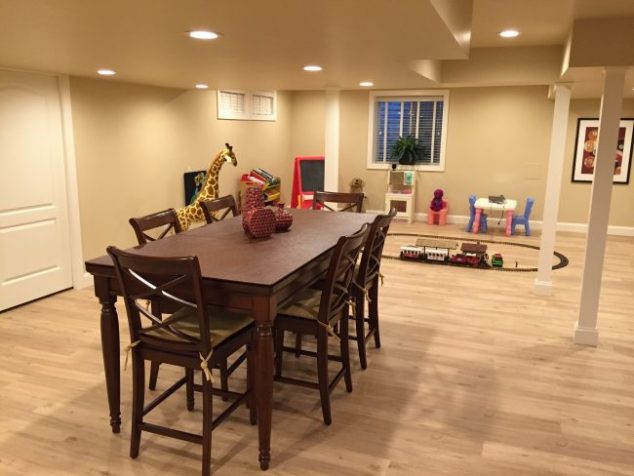The underlayment provides many benefits including moisture protection sound and thermal insulation and a cushion to make the floor more comfortable to walk on.
Is a moisture barrier necessary for wood floors.
When you live in a damp climate with a crawl space under the floor a lot of things have to be done to prevent moisture from the ground from entering the hardwood floor.
Is it necessary or would you just make sure the.
In your case you don t need the vapor barrier.
And it is always the moisture difference between one side of the board and the other that cause warping.
I am in the process of laying hardwood floor on a subfloor approx.
You absolutely do not use a vapor barrier over a wood substrate under a wood floor.
A vapor retarder is a material used to prevent water vapor from diffusing into the wall ceiling or floor during the cold winter.
Resolution of the vapor barrier debate.
It insulates and cushions the flooring making it more comfortable to walk on.
A moisture barrier is need to protect the flooring against moisture or moisture vapor.
800 sq ft and have received conflicting information about where i should use a moisture sound barrier or glue down with nails w o the moisture barrier.
Typically we recommend visqueen vapor barrier underlayment on a cement subfloor where there is a concern of moisture coming up from the subfloor.
In circumstances where conditions inside a home or office are much different than outdoor conditions water.
But there are exceptions to this.
What is your thoughts on this.
Most authorities now agree that vapor barriers are important under certain conditions but not necessarily as a whole house solution for every home.
To know if you need a vapor retarder ask yourself a few basic questions.
Whether or not you need a vapor retarder hinges on three main factors your climate your home and the location of the wall you re insulating.
For moisture barriers there are three basic methods of protection.
When installing certain types of flooring such as sheet vinyl the.
The warranty may require it.
Moist concrete concrete may seem very dense but it is actually full of small pores that will absorb water from the ground.
Along with the moisture barrier you may want to install an underlayment.
Anything else promotes dry rot.
You don t want wood to wood.
Asphalt felt or rosin paper as a slip sheet when on the second story of the residence.
Moisture barriers are for going over concrete or to cover the top soil in a crawl space.
The vapor barrier will prevent the moisture from coming through and protect your floor from mold and mildew.
Some debate still occurs over how necessary vapor barriers are but a consensus is growing closer.
An underlayment is a necessity for any wood floor installation even on a plywood subfloor.
